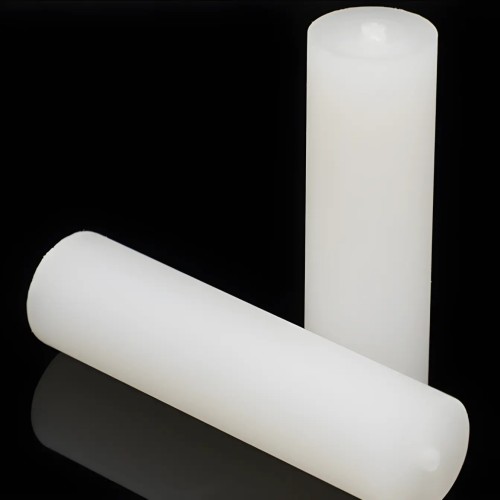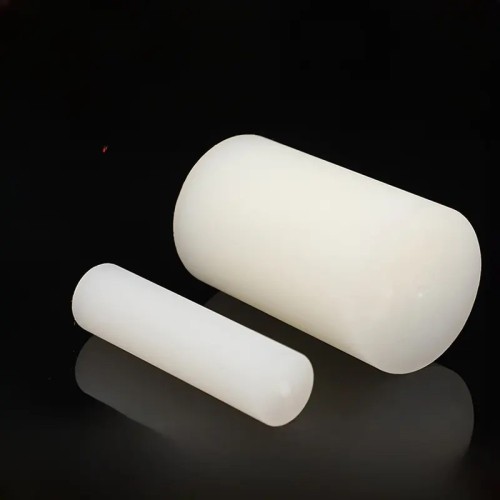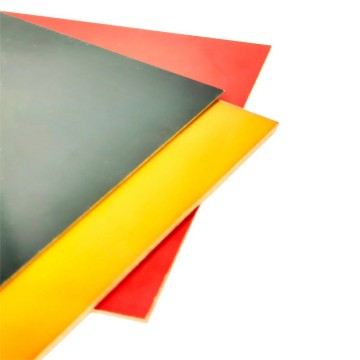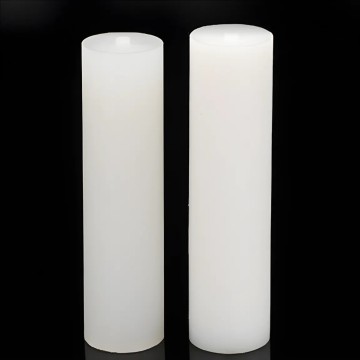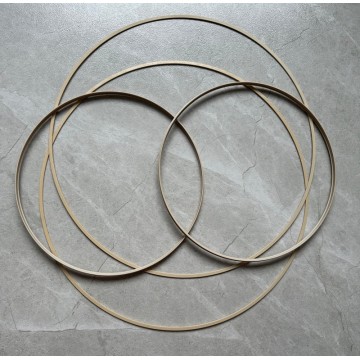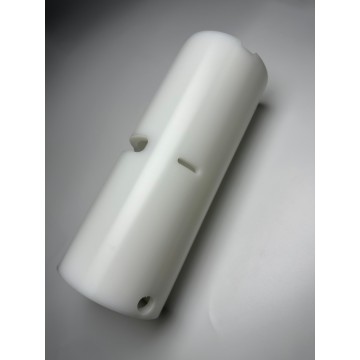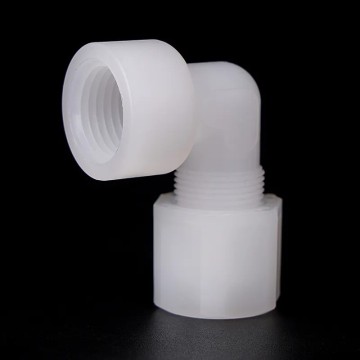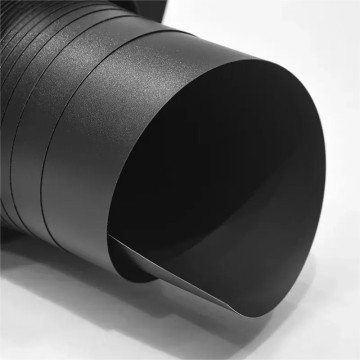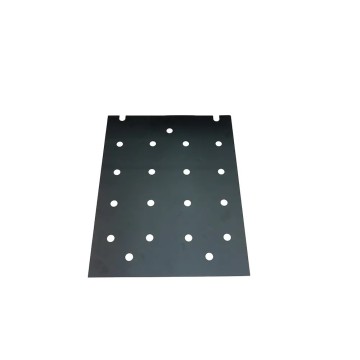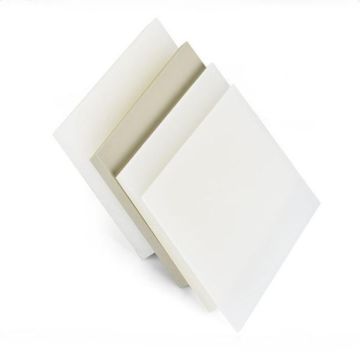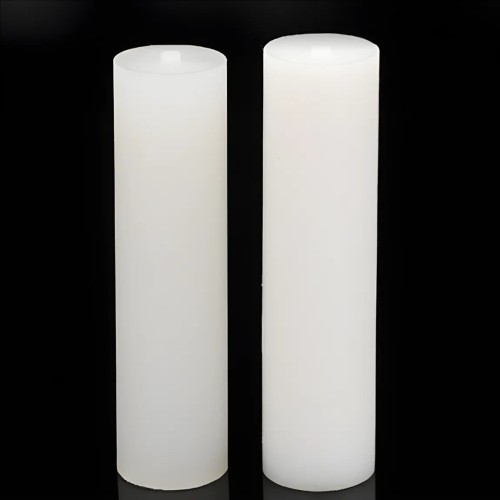
Polypropylene Sheets & Rods (Natural)
- Min. Order:
- 1
- Min. Order:
- 1
- Transportation:
- Ocean, Land, Air, Express
- Port:
- Shenzhen, Hongkong, Guangzhou
Quantity:
Your message must be between 20 to 2000 characters
Contact NowBasic Info
Basic Info
| Supply Ability: | 10000 |
|---|---|
| Transportation: | Ocean,Land,Air,Express |
| Port: | Shenzhen,Hongkong,Guangzhou |
Product Description
Product Description
PP rod material, also known as polypropylene rod material, is an engineering plastic material with excellent performance and a wide range of applications. The following is a detailed explanation of PP rod material:
The English name for polypropylene is a high polymer, with the monomer being propylene (CH₂=CH-CH₃). Polypropylene is obtained through addition polymerization, with the chemical formula represented as (C₃H₆)_n and the structural formula represented as [-CH₂-CH(CH₃)-]_n.
PP rod is a semi-crystalline material. It is harder than PE and has a higher melting point. Since homopolymer PP becomes very brittle at temperatures above 0°C, many commercial PP materials are random copolymers containing 1–4% ethylene or block copolymers with higher ethylene content. Copolymer-type PP materials have a lower heat distortion temperature (100°C), lower transparency, lower gloss, and lower rigidity, but they exhibit superior impact strength. The strength of PP increases with the addition of ethylene. The Vicat softening temperature of PP is 150°C. Due to its high crystallinity, this material exhibits excellent surface hardness and scratch resistance. PP does not exhibit environmental stress cracking.
Product Features
Low density, heat-resistant, non-deformable, high stiffness, high surface strength, excellent chemical stability, superior electrical properties, non-toxic and harmless, uniform color, smooth and flat surface, easy to install and maintain, long service life, easy to process, and strong weldability.
Applications
Drinking water and sewage pipelines, seals, spray carriers, corrosion-resistant tanks and drums, acid and alkali-resistant industries, wastewater and exhaust gas emission equipment, washing towers, cleanrooms, semiconductor factories and related industrial equipment and machinery, food machinery and cutting boards, electroplating processes, etc.
Chemical composition:
PP rod material is made of polypropylene, with the chemical formula represented as n and the structural formula represented as [CH₂CH]_n.
Physical Properties:
It is a semi-crystalline material with a high degree of crystallinity.
Compared to polyethylene, it is harder and has a higher melting point.
Homopolymer-type PP is brittle at temperatures above 0°C, but commercially, its toughness is often improved by adding random copolymers or block copolymers containing ethylene.
Copolymer-type PP materials have a melting point below 100°C, low transparency, low gloss, weaker rigidity, but higher impact strength.
The Vicat softening temperature is 150°C, with excellent surface hardness and scratch resistance.
Chemical stability:
Polypropylene rods exhibit excellent chemical stability and do not suffer from environmental stress cracking.
They demonstrate superior heat resistance, oil resistance, and solvent resistance.
Electrical properties:
Polypropylene rods have excellent electrical properties and are suitable for applications in the electrical field.
Processing properties:
Polypropylene rods can be processed into various shapes and sizes using methods such as injection molding, extrusion, and blow molding.
They have good formability and dimensional stability, making them easy to process and assemble.
Application areas:
They are widely used in the automotive, electronics, machinery, packaging, and medical device industries.
They provide important support and solutions for modern industry.

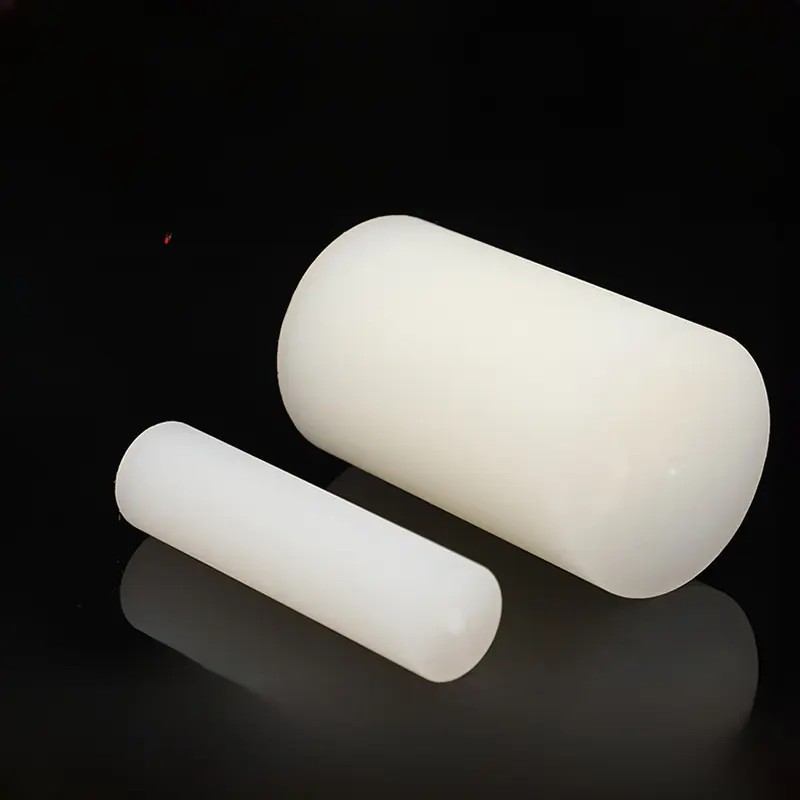
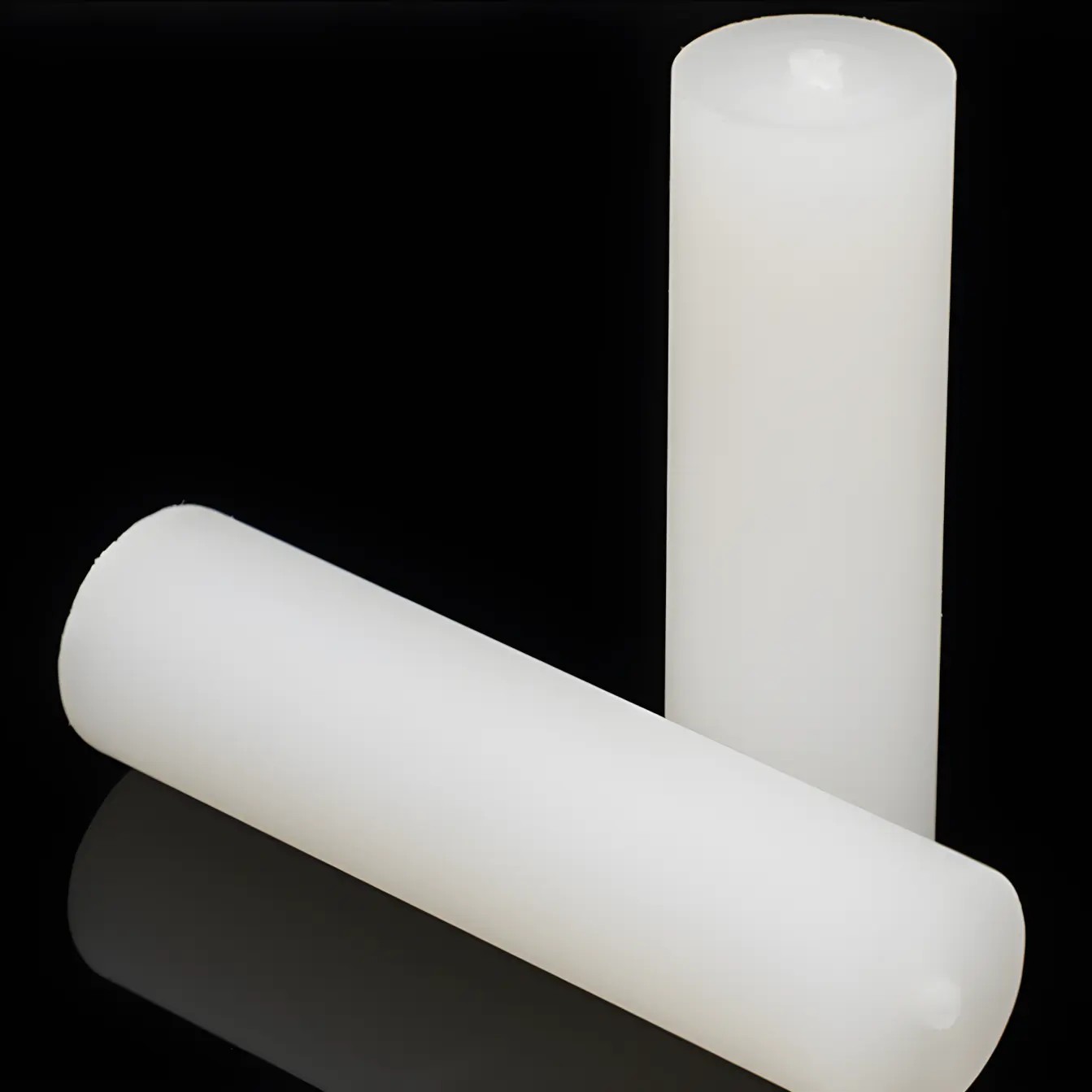

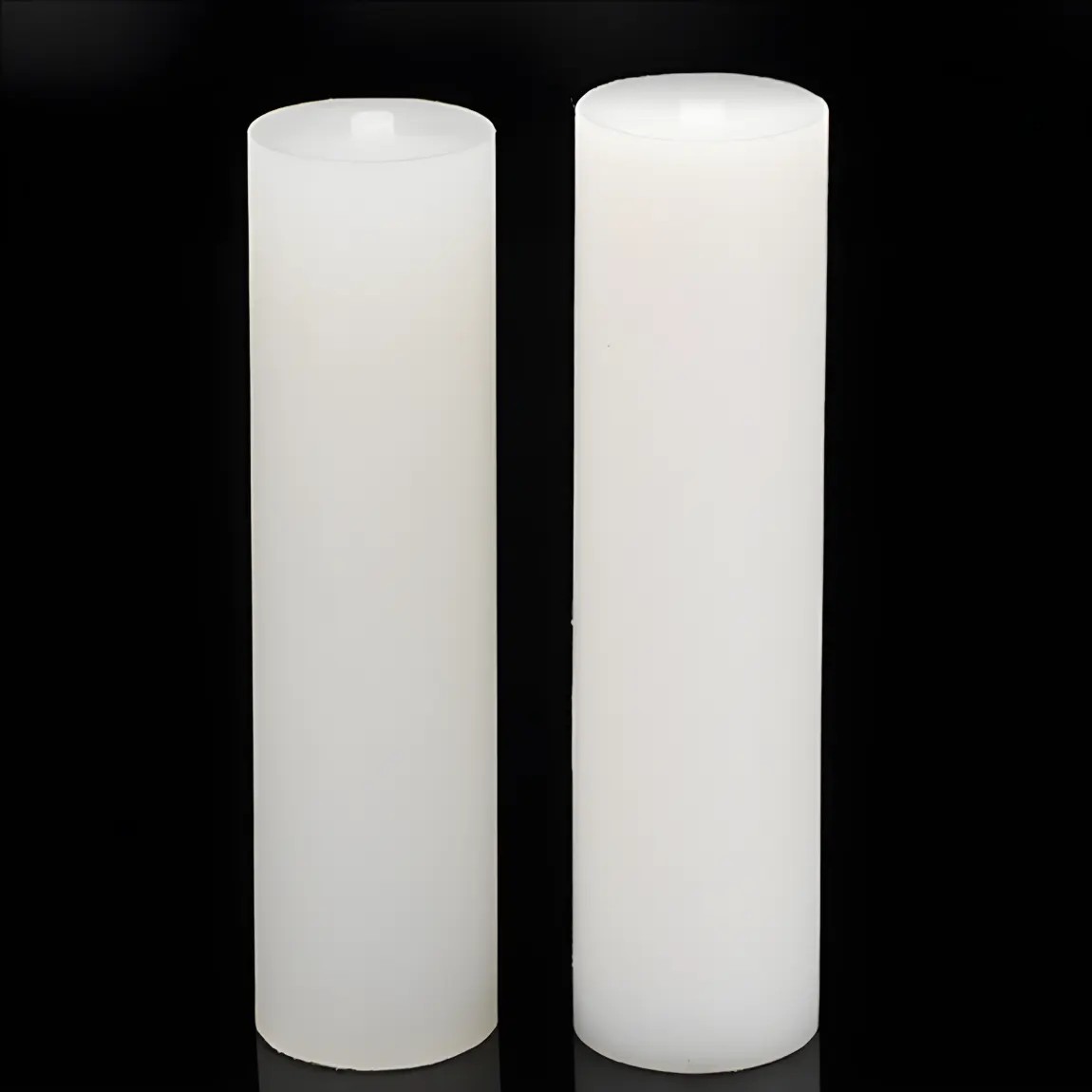
Related Keywords
Related Keywords



